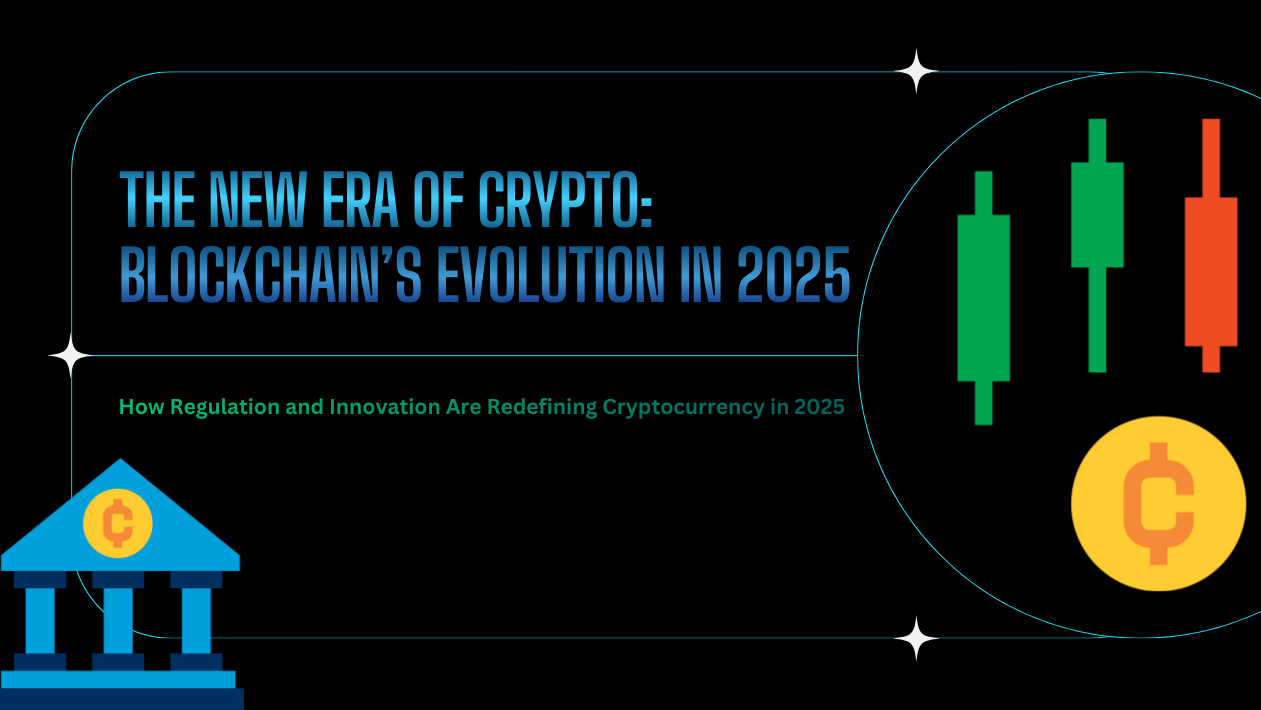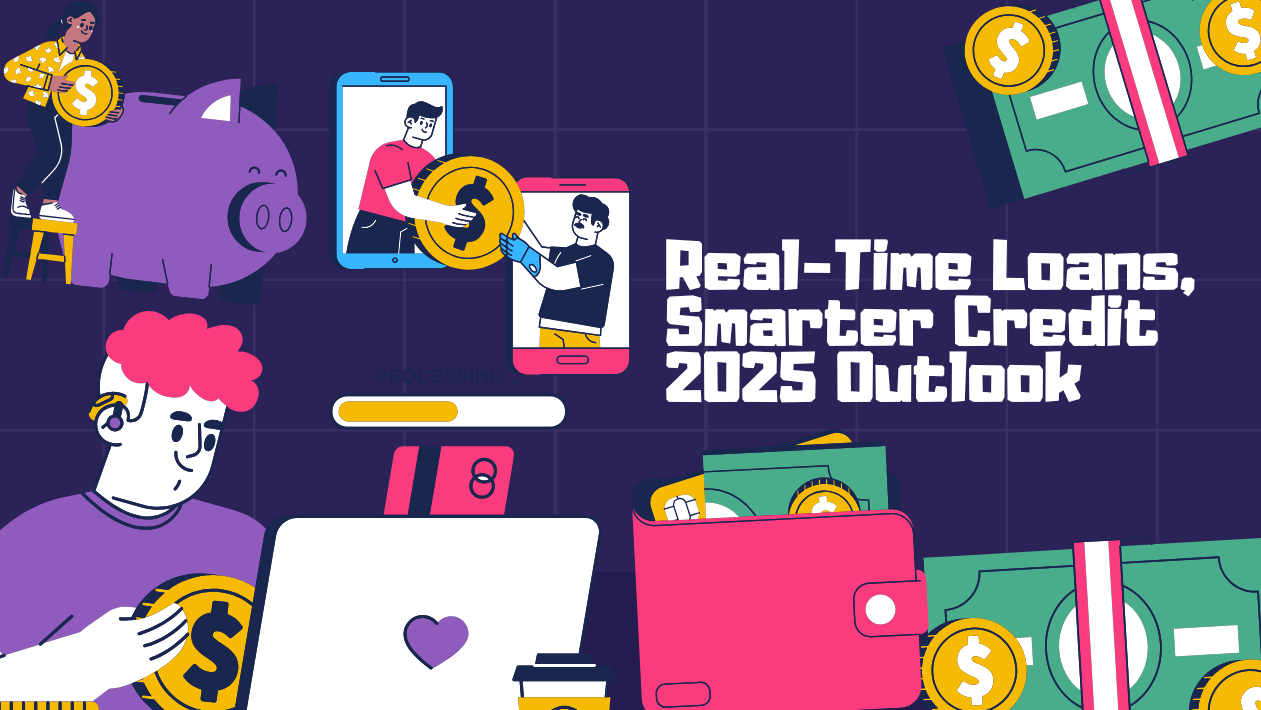In 2025, digital payments are no longer a convenience—they are the default standard across most of the globe. With innovations in biometric authentication, AI-driven fraud prevention, and the seamless integration of central bank digital currencies (CBDCs), the world is moving toward a cashless, cardless economy.
Businesses, governments, and consumers are embracing a frictionless payments ecosystem, underpinned by real-time infrastructure, QR code ubiquity, and open banking APIs.
Biometric Payments Go Mainstream
Facial recognition, iris scans, and palm-vein authentication are now being used to authorize transactions at retail stores, public transit, and hospitality services. Companies like Amazon One, Apple, and Alipay are leading the charge, making wallets truly contactless and cardless.
This shift improves convenience and reduces fraud, but also raises privacy concerns—prompting the rollout of stricter biometric data regulations in the EU, India, and the U.S.
AI-Powered Fraud Detection Sets New Standards
With the rise of digital transactions comes the rise of cybercrime. In response, financial institutions are deploying machine learning models to detect fraudulent behavior in milliseconds.
Platforms like Visa Advanced Authorization, Stripe Radar, and Razorpay Protect analyze billions of data points in real time—helping reduce false positives and improve transaction approval rates.
CBDC Integration Begins Real-World Adoption
Central Bank Digital Currencies (CBDCs) are being integrated into mobile wallets in countries like India, China, Sweden, and Brazil. Consumers can now use government-issued digital currency to pay for groceries, utility bills, and ride-sharing services—directly from national wallet apps or through banking partners.
These developments enhance financial inclusion and reduce reliance on physical cash—especially in rural and underbanked regions.
Buy Now, Pay Later (BNPL) Expands Globally
BNPL solutions have gone from trend to staple in digital commerce. New partnerships between banks and tech platforms allow users to split payments at checkout with minimal interest and no paperwork.
Apple Pay Later, Klarna, and Affirm continue to dominate Western markets, while Simpl and ZestMoney grow rapidly in Asia.
QR Code & UPI-Based Payments Set Global Standards
India’s Unified Payments Interface (UPI) continues to inspire global frameworks in Africa, the Middle East, and Southeast Asia. UPI’s success in enabling real-time, zero-fee transfers is prompting countries to create interoperable payment systems that run 24/7, 365 days a year.
Cross-border QR code standards are also emerging, making international payments faster and more affordable than ever.
Outlook: Digital Payments Will Power the Invisible Economy
Digital payments in 2025 are smarter, safer, and more seamless. As they embed themselves deeper into wearables, smart cars, and IoT devices, payment experiences will fade into the background—enabling an “invisible economy” where everything from a coffee to a car rental can be purchased with a glance, a voice command, or a fingerprint.





